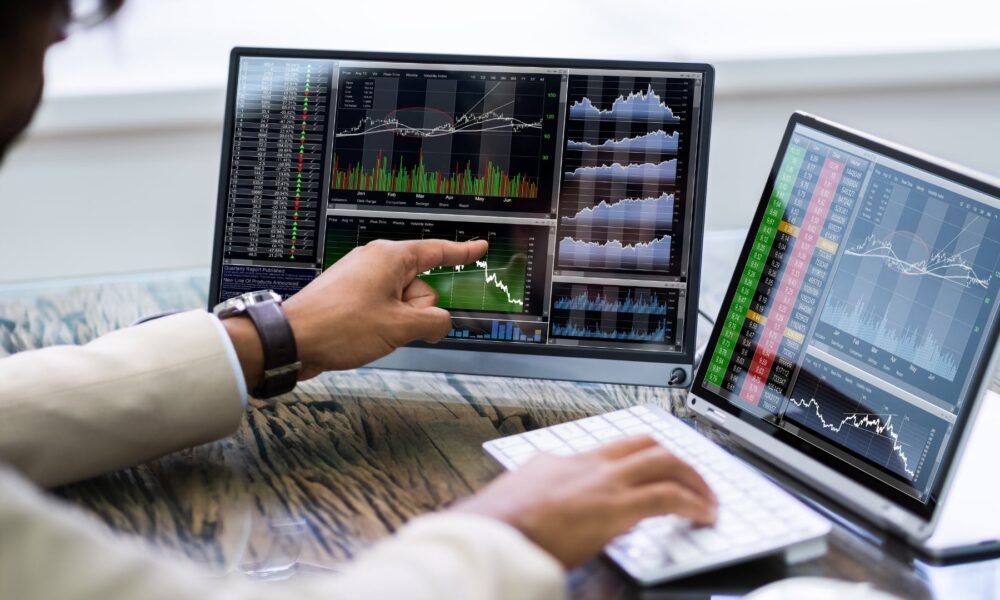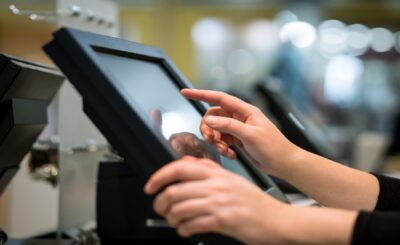Financial markets are constantly evolving, and traders are always seeking ways to performance. During the past few years, the trading robot has gained a great deal of traction. It offers a range of benefits to improve trading accuracy, including automated systems approach the market.
Algorithmic trading systems are computer programs designed to execute trades automatically based on predetermined criteria. These sophisticated tools analyze market data, identify opportunities, and execute trades without human intervention. By removing emotional decision-making and human equation, trading robots aim to enhance trading accuracy and consistency.
Trading robots in modern markets
These specialized algorithms are tailored to the unique characteristics of the currency market, taking into account factors such as exchange rates, economic indicators, and geopolitical events. Robots are capable of identifying trends in real time and executing trades with pinpoint accuracy by processing vast amounts of data in real time.
Enhancing decision-making through automation
One of the primary advantages of trading robots is their ability to make decisions based on predefined rules and strategies. Unlike human traders, who may be influenced by emotions or fatigue, these automated systems consistently apply their programmed logic to market analysis and trade execution. This systematic approach can lead to more disciplined trading and improved accuracy over time.
Maximizing efficiency in fast-moving markets
The speed at which trading robots can analyze data and execute trades is unmatched by human traders. By capitalizing on fleeting opportunities and responding swiftly to market shifts, trading robots have the potential to enhance trading accuracy and capitalize on profitable trades that might otherwise be missed.
Adapting to market conditions
Advanced forex trading robot is equipped with machine learning capabilities, allowing them to adapt to changing market conditions. These systems can analyze historical data and current market trends to refine their strategies over time. This continuous learning process can lead to improved trading accuracy as the robot becomes more adept at navigating various market scenarios.
Overcoming human limitations
Human traders are subject to various limitations, including the need for sleep, emotional biases, and cognitive overload. Trading robots, on the other hand, can operate 24/7 without fatigue, maintaining consistent performance regardless of market hours or personal circumstances. This tireless operation can contribute to improved trading accuracy by ensuring that no opportunities are missed due to human constraints.
Backtesting and strategy optimization
The key advantage of trading robots is the ability to backtest strategies using historical data. This process allows traders to evaluate the potential performance of their algorithms under various market conditions before deploying them in live trading. Achieving real-world success in the markets can be increased by refining and optimizing trading strategies based on the results of backtesting.
Trading robots can be tailored to suit individual trading styles and preferences. Traders can customize their algorithms to focus on specific markets, time frames, or trading strategies. A robot that aligns more closely with the trader’s goals and risk tolerance can lead to improved accuracy as the trading process becomes more personalized.
Integrating human insight with robotic precision
The most effective approach to improving trading accuracy often involves a combination of human insight and robotic precision. Traders can create more robust and adaptable trading strategies by combining automated systems and human expertise. This hybrid approach allows for the efficiency and consistency of trading robots while still benefiting from the intuition and experience of human traders.






